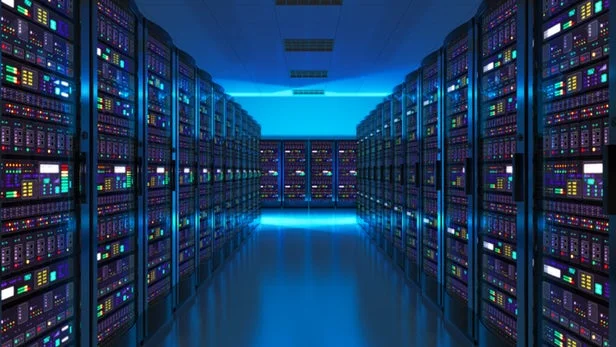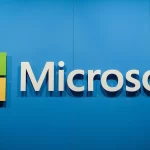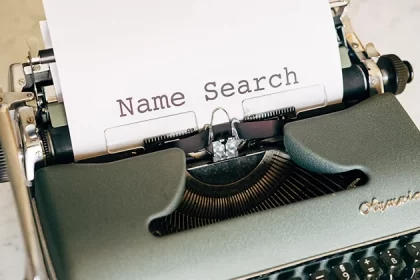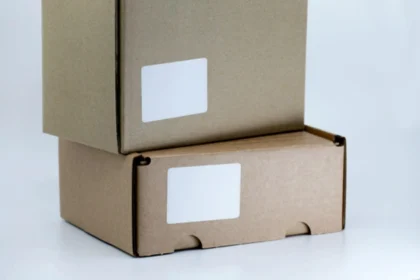Microsoft believes that synthetic DNA could be the next big leap in long – term data storage, with only one gram of DNA able to store up to 2,000 years of 215 petabytes of data. The technology could significantly reduce the space needed to store growing data in the world if it pans out.
Microsoft researchers and late Microsoft founder Paul Allen’s computer science school at Washington University have built around a benchtop a system of liquids, tubes, syringes, and electronics to deliver the world’s first automated DNA storage device.
The researchers demonstrated their writing and reading capabilities using the proof – of – concept DNA storage device by encoding the word ‘ hello ‘ in DNA snippets and converting it back to data.
The bench – top unit cost about $ 10,000, but by cutting sensors and actuators, the researchers believe it could be built in low volumes for a third of the cost.
The unit, described in Nature, consists of computers with software for encoding and decoding that translates digital and zeros into the four bases of DNA: A, C, T, G. There is also a module for DNA synthesis and a module for DNA preparation and sequencing that sits between a vessel where DNA is stored.
Microsoft senior researcher Karin Strauss says the group wanted to demonstrate that there is a practical way to automate data storage of DNA.
“Our ultimate goal is to put in production a system that looks like any other cloud storage service to the end user – bits are sent to a data center and stored there, and then they only appear when the customer wants them,” Strauss said.
“To do that, we had to prove that from an automation perspective this is practical.”
Chris Takahashi, senior research scientist at the Paul G Allen School of Computer Science & Engineering, explains that while DNA synthesizing and sequencing machines are already used, many of the steps are manual.
“You ca n’t have a bunch of people running around a pipetted data center – it’s too prone to human error, it’s too expensive, and the footprint is too big,”










